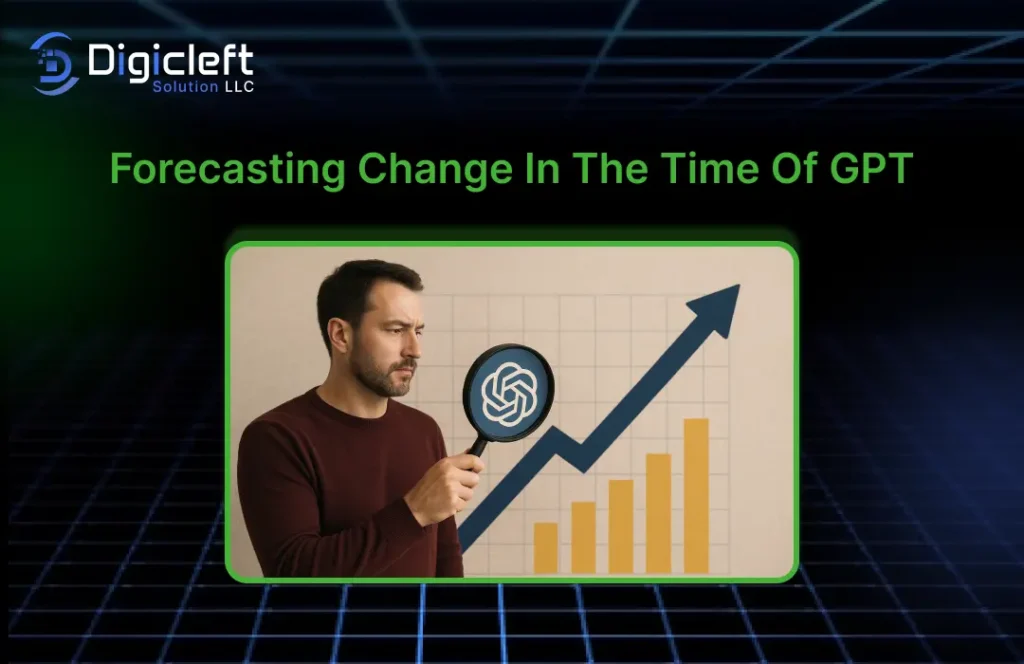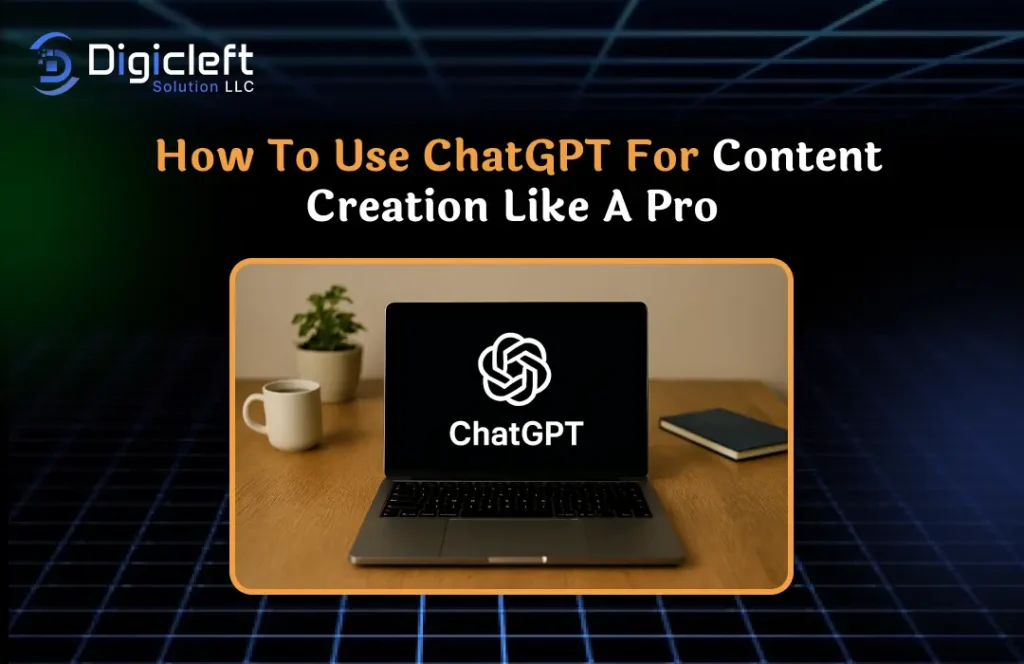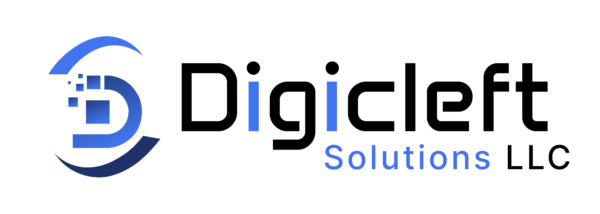
We live in a time when the future doesn’t feel as uncertain as it once did. Not because we’ve unlocked time travel, but because we now have tools like GPT that make forecasting smarter, sharper, and more human-like. Think of it as switching from gazing through a foggy window to looking through a high-resolution lens. Suddenly, the road ahead feels clearer.
Why Forecasting Matters More Than Ever
Businesses, governments, and even individuals rely on forecasting to plan their next moves. From predicting market demand to anticipating global disruptions, forecasting is no longer a luxury it’s survival. In the age of GPT, the rules have shifted. Predictions are no longer based solely on historical data but can also adapt to evolving environments in real time.
The Rise of GPT – A Quick Refresher
From Rule-Based to Generative AI
In the early days, forecasting tools were rigid, running on pre-programmed rules. They worked like old calculators accurate but not adaptive. Enter it’s a language model that doesn’t just compute, but converses, interprets, and learns patterns across oceans of data.
Why GPT Feels Different
it’s doesn’t spit out cold numbers. It contextualizes. It frames data like a storyteller, weaving insights that feel intuitive. This human-like quality makes its predictions digestible for decision-makers at every level.
Forecasting in Business – A New Lens
Market Shifts and Consumer Behavior
Imagine knowing what customers want before they even start searching. GPT-based forecasting is giving companies a crystal ball for consumer behavior. It identifies trends hiding in plain sight social chatter, purchase habits, shifting sentiments and turns them into actionable insights.
Financial Forecasting with AI Support
Traditionally, financial forecasting was the domain of spreadsheets and economists. Now, it’s augments that process by analyzing unstructured data news articles, global events, even social media buzz. This makes predictions more holistic, factoring in the real world rather than just numbers on a balance sheet.
The Role of GPT in Strategic Decision Making
Real-Time Insights vs. Historical Trends
Old models leaned heavily on historical data useful, but not always applicable in fast-changing markets. GPT, however, thrives on real-time signals. It’s like comparing a weather report from last year with a live radar feed. Which one would you trust to plan your picnic?
Personalization at Scale
Whether it’s tailoring product recommendations or customizing supply chain forecasts, it’s makes large-scale personalization possible. What once required armies of analysts can now be generated in seconds.

GPT as a Partner, Not Just a Tool
Human Intuition Meets Machine Prediction
Great forecasting comes from blending human gut instinct with machine-driven insights. it’s provides the data-backed sense, while humans bring context, ethics, and vision.
How GPT Reduces Forecasting Blind Spots
Blind spots often emerge when we only look at one type of data. it’s reviews across multiple sources structured and unstructured to fill those gaps, revealing patterns humans might easily miss.
Case Studies – Forecasting Transformation
Retail – Predicting Customer Needs
Retail giants are using GPT to anticipate shopping trends. Instead of reacting to what customers bought last season, they’re proactively adjusting supplies for what’s coming next.
Healthcare – Patient Outcome Forecasting
In healthcare, GPT helps doctors predict patient risks by analyzing medical histories, research, and even lifestyle data. The result? Smarter, preventive care.
Education – Personalized Learning Journeys
GPT-powered systems predict how students might struggle or excel, allowing teachers to tailor lesson plans. It’s like having a personal tutor for every student, powered by AI.
Challenges of Forecasting with GPT
Bias and Data Integrity
AI predictions are only as good as the data fed into them. Biased data leads to skewed outcomes. Forecasting with GPT demands constant vigilance around data quality.
Over-Reliance on AI Predictions
There’s a risk in letting GPT become the sole voice in decision-making. Businesses must balance AI insights with human judgment to avoid one-dimensional strategies.
Ethical Forecasting in the GPT Age
Transparency in AI Decisions
Predictions shouldn’t be black boxes. Users deserve to know how it’s arrives at forecasts, ensuring trust and accountability.
Human Oversight in Predictions
AI can recommend, but it shouldn’t replace human authority. Ethical forecasting requires humans in the loop, validating or challenging machine insights.
The Future of Forecasting – Beyond GPT
Hybrid Models and Federated Learning
The next frontier is collaboration hybrid systems that combine it’s with domain-specific AI, and federated learning that ensures privacy while improving collective intelligence.
Continuous Adaptation
Forecasting isn’t static. As environments shift, models must adapt continuously. GPT’s ability to update based on new data makes it a strong contender for future-ready forecasting.
Digicleft Solution – A Practical Perspective
At Digicleft Solution, the philosophy is simple: forecasting shouldn’t just predict it should empower. By blending GPT’s analytical power with human creativity, Digicleft helps businesses prepare for change with confidence. Instead of fearing disruption, organizations can embrace it, turning uncertainty into opportunity.
Conclusion – Navigating Change with Confidence
We’re standing at the crossroads of uncertainty and intelligence. it’s is reshaping forecasting, not by replacing human insight but by amplifying it. The future will always hold surprises, but with tools like it’s and solutions like those offered by Digicleft those surprises feel a lot less daunting. Forecasting change isn’t about predicting everything perfectly. It’s about preparing boldly, adapting quickly, and leading confidently.
FAQs
Q1. How does GPT improve forecasting compared to traditional models? it’s uses real-time data and unstructured sources, providing context-rich predictions instead of just historical trends.
Q2. Can GPT fully replace human forecasters? No. it’s is best seen as a partner it amplifies human decision-making but doesn’t replace intuition or ethical judgment.
Q3. What industries benefit most from GPT-driven forecasting? Retail, healthcare, finance, and education are leading adopters, but nearly every sector can leverage its predictive power.
Q4. What are the risks of using GPT in forecasting? Bias in data, lack of transparency, and over-reliance on AI are the biggest risks. Human oversight is essential.
Q5. How does Digicleft Solution use GPT for forecasting? Digicleft Solution integrates it’s predictive intelligence with strategic business insights, enabling organizations to predict and adapt confidently.


